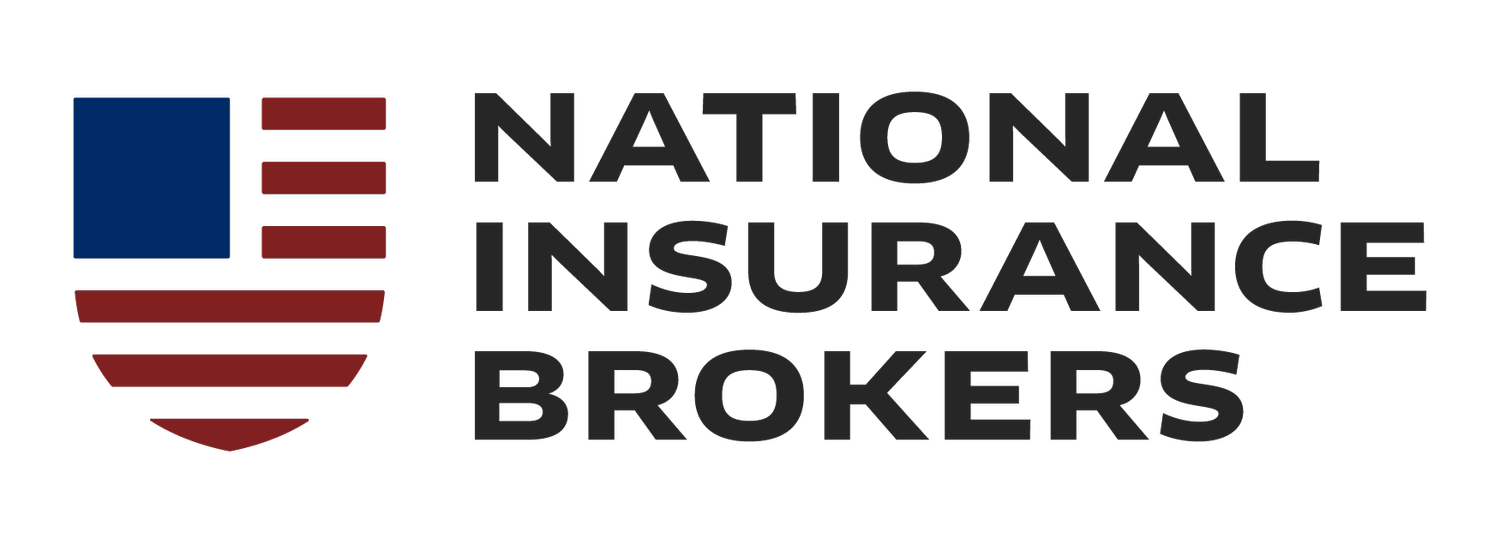Comparing Group Health Insurance Options: What Every Employer Should Know
The employer/employee relationship has developed far beyond the work/paycheck dynamic of the past. Today, employees are increasingly looking at company benefits when deciding where to work, and right at the top of the desired benefits list is comprehensive health coverage.
There are business benefits to working with a group health insurance broker to provide coverage to employees, too. Companies that offer excellent health insurance see a decrease in worker sick days, an increase in worker satisfaction and productivity, and better employee retention rates compared with those that don’t.
Though the advantages of offering employees comprehensive health insurance are well-known, finding and implementing those policies can be tricky. There are a number of group health insurance plans available, and finding the right one for your organization requires special consideration. We’ll look at the different types available below, though remember, if you need help choosing your group health insurance plan, you can always contact us here at National Insurance Brokers.
Types of Group Health Insurance Plans
Health Maintenance Organization (HMO)
Use of Health Maintenance Organization (HMO) plans is limited to in-network providers, except in emergency cases. Healthcare treatment outside of the network is not covered. While limited in this regard, HMO premiums are typically lower than other policy types. A referral is required to see a specialist.
Preferred Provider Organization (PPO)
Preferred Provider Organization policies come with a list of healthcare providers they prefer policyholders to use. However, they still cover out-of-network treatment. These types of policies are rare in personal healthcare insurance plans, but still fairly common in employer-provided insurance plans. PPOs offer more flexibility than HMOs but also tend to cost more.
Exclusive Provider Organization (EPO)
EPOs are similar to HMOs in that coverage is limited to in-network healthcare providers (except in emergencies). However, no referral is required to see a specialist, and doctors don’t work “for” the EPO in the way they do under HMO plans. EPO costs are higher than HMOs, but lower than PPOs.
Point of Service (POS) plans
POS plans combine elements of HMO and PPO policies. They include the option to seek treatment from an in-network provider, though holders can be referred to out-of-network treatment, though there are costs attached.
High Deductible Health Plans (HDHP) with Health Savings Accounts (HSAs)
HDHP with HSA offers both health insurance coverage with future financial savings. They offer the most level of freedom but also cost more than other policy types. They’re suitable for people with low medical requirements.
Coverage Options
Group health insurance policies can vary, but they tend to offer similar levels of coverage. These typically include:
Inpatient and outpatient services
Prescription drug coverage
Preventive care and wellness programs
Vision and dental coverage
Mental health and substance abuse services
Cost Considerations
Premiums, deductibles, and co-payments
The three main costs of a health insurance plan are:
Premiums: the monthly/annual cost of the policy, paid to the insurance provider.
Deductibles: the amount the insured must pay for healthcare services provided by the policy before the insurance company begins paying for coverage.
Co-payments: the fixed amount the insured must pay when accessing healthcare services.
Employer and employee contributions
In some cases, the employee may contribute to the cost of the health insurance plan via payroll deductions. Many businesses pay the entirety of the premiums, while in other cases, employees pay a percentage (averaging 17%).
Factors affecting overall plan costs
The main factors that influence the overall cost of group health insurance plans are:
The number of employees covered.
The type of health insurance provided.
Location of the business.
Age of workers.
Employee contributions.
The policies of the health insurance provider will influence how much employees pay to access treatment. Lower deductibles and co-payment values are more desirable but typically cost more.
Flexibility and Customization
No two plans are the same — and neither are two workforces. When weighing up healthcare insurance options, consider the needs of the workforce. For instance, a younger team of employees may require lower levels of coverage than older workers.
Optional add-ons and supplemental coverage
Companies can strengthen their healthcare insurance offering by including optional add-ons, such as dental, disability, and life insurance to their policies. They may also buy supplemental coverage, which aims to cover some of the cost of deductibles and co-payments.
Employee choice and involvement in plan selection
Given group health policies are primarily for the benefit of the employee, businesses are encouraged to consult with their workers before buying a policy, ensuring that is right for the employees’ needs and they are comfortable with the selection.
Compliance and Legal Requirements
Understanding regulatory obligations for employers
In some cases, businesses are legally required to provide health insurance to employees under the Affordable Care Act (ACA). Employers with fifty or more full-time employees must provide health insurance. Smaller businesses are exempt from this requirement.
Businesses are permitted to offer benefits to select employees. However, this must not be in violation of the Health Insurance Portability and Accountability Act (HIPAA), which dictates employers cannot discriminate against workers due to health factors. As such, all employees must be offered group health insurance.
Federal regulations apply across the country. There may also be state-specific requirements. To ensure compliance, work with a group health insurance broker when taking out a policy.
Making the Decision: Weighing the pros and cons of different group health insurance options
Pros
Enhances worker happiness and boosts employee retention rate.
The cost of insurance premiums is tax-deductible.
Relatively easy to set up and implement.
Cons
Can be expensive in some cases.
In-network care requirements provide little flexibility.
Considering the long-term impact on employee retention and recruitment
There’s a cost to providing group health insurance, but it can pay off in other ways. Candidates are more willing to work for businesses that provide health insurance, and it can also have a positive impact on employee retention. Both of these factors make it easier for businesses to meet their business objectives.
Finalizing the selection process and implementing the chosen plan
Once a business has found the right plan, it’s important they communicate with their employees and assist with the enrollment process. Assigning a workflow for making claims will help minimize disruption.
Conclusion
There’s no such thing as the perfect group health insurance plan; only the one that’s right for you. By considering employees’ needs, understanding the options available, and working with a group health insurance broker, businesses can ensure they get a policy that offers real value to their organization.
Once implemented, brands should see higher employee engagement, better retention, and a healthier workforce that requires fewer sick days.

